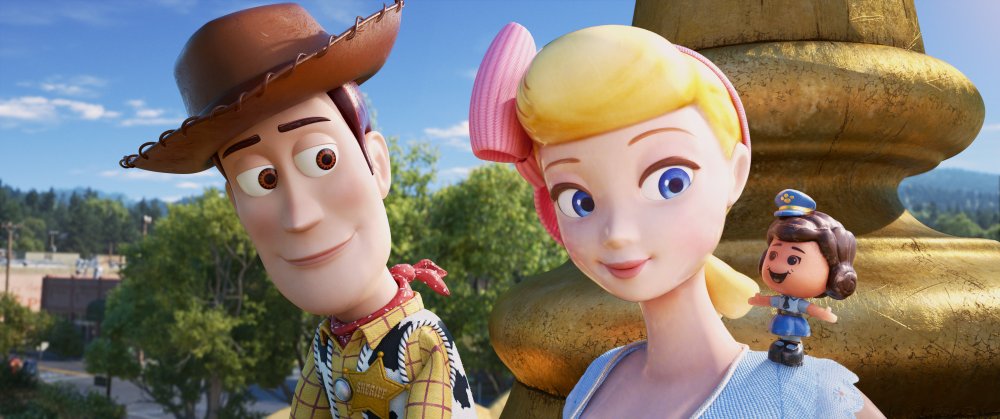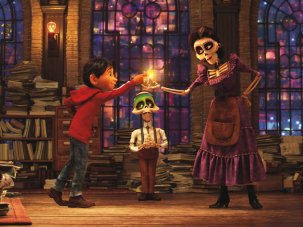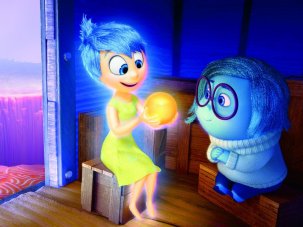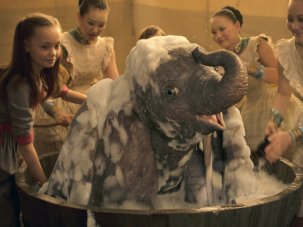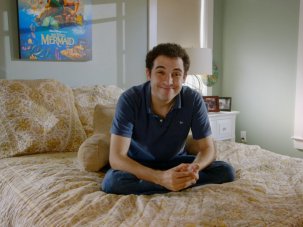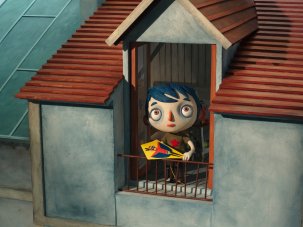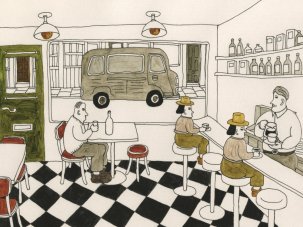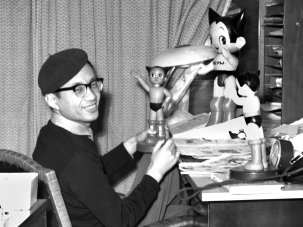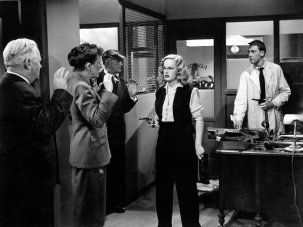Spoiler warning: this review reveals a plot development.
When we last saw Woody, Buzz and their gang of plastic pals, they were being passed from one child, and home, to the next. Their owner Andy, who was off to college but not quite ready to put away his childish things, donated them instead to a little girl, Bonnie, who shared his vivid imagination for play-acting and promised to treasure his precious toys just as he had done.
USA 2019
Certificate U 100mins approx
Director Josh Cooley
Cast
Woody Tom Hanks
Forky Tony Hale
Bo Peep Annie Potts
Buzz Lightyear Tim Allen
Chuck Kaboom Keanu Reeves
Gabby Gabby Christina Hendricks
[2.39:1]
UK release date 21 June 2019
Distributor Disney
powster.com/disney/toy-4
► Trailer
So it goes that in the fourth, immensely satisfying instalment of the enduringly endearing Toy Story franchise (directed by long-time Pixar staffer Josh Cooley), our heroes have entered a more feminine domain. The favourite games are now ‘house’ and ‘hat shop’, and the ruler of the roost in the toy cupboard is Dolly, a bossypants made of felt and buttons, rather than Woody the cowboy.
It’s a matriarchal regime worthy of a gender-flipped franchise reboot: Bonnie even plucks Woody’s sheriff badge from his plaid chest and gives it to cowgirl Jessie. But while Toy Story 4 has a little fun with Woody’s discomfort at the role reversal, we’re mostly back to standard procedure. The bulk of this movie is given over to impeccably elaborate action sequences, good-humoured gags and Woody himself (Tom Hanks), partnered with a new pal, Forky (Tony Hale), a glum, hobbling little fellow that Bonnie fashioned out of scraps on her first venture into kindergarten. Forky has to be persuaded that he is a toy to be cherished, not merely trash, and his vivid existential crisis provides one of the film’s most satisfying philosophical detours.
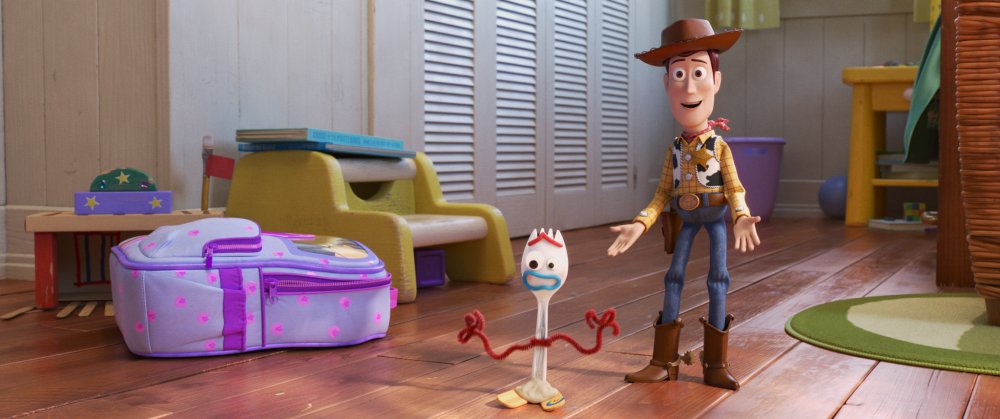
Forky and Woody
In between the set pieces, however, you could almost call this a romcom. A touching flashback to just before the events of 2010’s Toy Story 3 depicts Woody parting ways with Bo Peep (Annie Potts) – and he bumps into her again in the present. She’s now a lone-ranging badass, a kind of ceramic Sarah Connor roaming the world righting wrongs, with sticking-plaster bandages on her cracked limbs, whipping off her satin skirt to reveal practical pantaloons underneath. Woody is initially horrified – she doesn’t have a kid of her own any more.
As with the previous Toy Story films, this uses the child-toy relationship to ponder parenthood, but it may be the most progressive instalment. Woody tenderly lifts Forky from Bonnie’s backpack like he’s a newborn, and he and Buzz are exhausted by staying up all night keeping watch over him. But, more radically, Toy Story 4 posits the idea that men and women (or cowboys and shepherdesses) can be as happy without kids as with them. Bo Peep shows it’s possible to live well outside the nuclear family – helping kids in general rather than staying loyal to just one. There are yet more layers to this: in a self-sacrificial move akin to that in Stella Dallas (1937), Woody donates his voice box to a doll who wants a child of her own, just to save Bonnie’s cherished Forky.
It’s not all so serious, of course. Keanu Reeves is infectiously appealing as a bubble-headed stunt cyclist, better at posing than riding. Ally Maki provides the voice for Giggle McDimples, a Lilliputian policewoman who acts as Bo Peep’s sassy best friend – a staple of the romcom format.
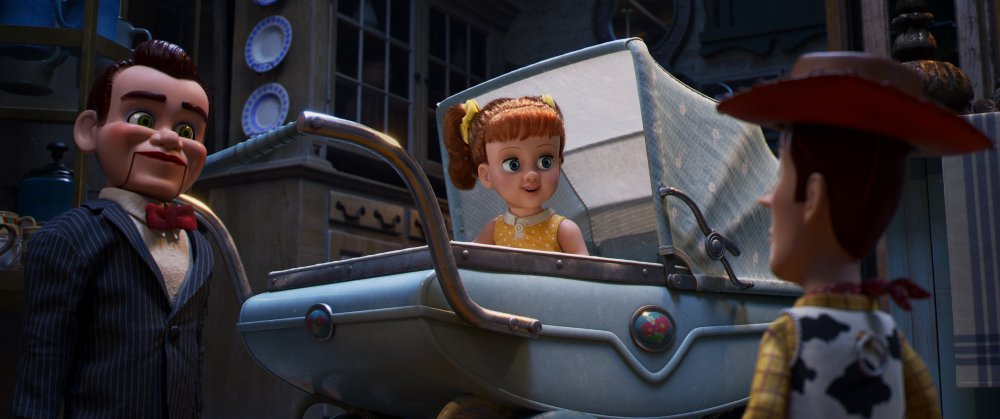
Dummy, Gabby Gabby and Woody
Christina Hendricks’s broken doll Gabby Gabby is the most engaging new character. The Toy Story series often makes hay out of the uncannily sinister quality of realistic baby dolls, and Gabby Gabby first appears to be the ringleader of a toy cannibal cult, flanked by ventriloquist-dummy henchmen with the broken ankles and floppy necks of movie zombies. She’s slowly, and touchingly, revealed to be less a villain than a victim of faulty electronics, who dreams fruitlessly of playing ‘teatime’ with a little girl who will love her.
Toys are made to be hugged and handled, and the level of textural detail in the animation has reached new heights here – creating almost touchable objects. Scuffed plastic, chipped wood and thick carpets of dust in the film’s most meticulously drawn location, an antiques shop, are all impressively realistic. And an opening sequence set in a rainstorm seems designed almost entirely to showcase the team’s fearsome pixel control.
The Toy Story series has famously trodden a canny path: vibrant colours, loveable leads, humour and frenetic action to please the kiddies, and sentimental narrative arcs about growing up to tug at the parents’ heartstrings. Toy Story 4 may be the most adult film in the set so far, one that explores the possibility of a second independent life for empty-nester parents. Or, as the film puts it: there is a world of adventure for ‘lost toys’ beyond the once apparently infinite realms of the toy box.
-
The Digital Edition and Archive quick link
Log in here to your digital edition and archive subscription, take a look at the packages on offer and buy a subscription.




